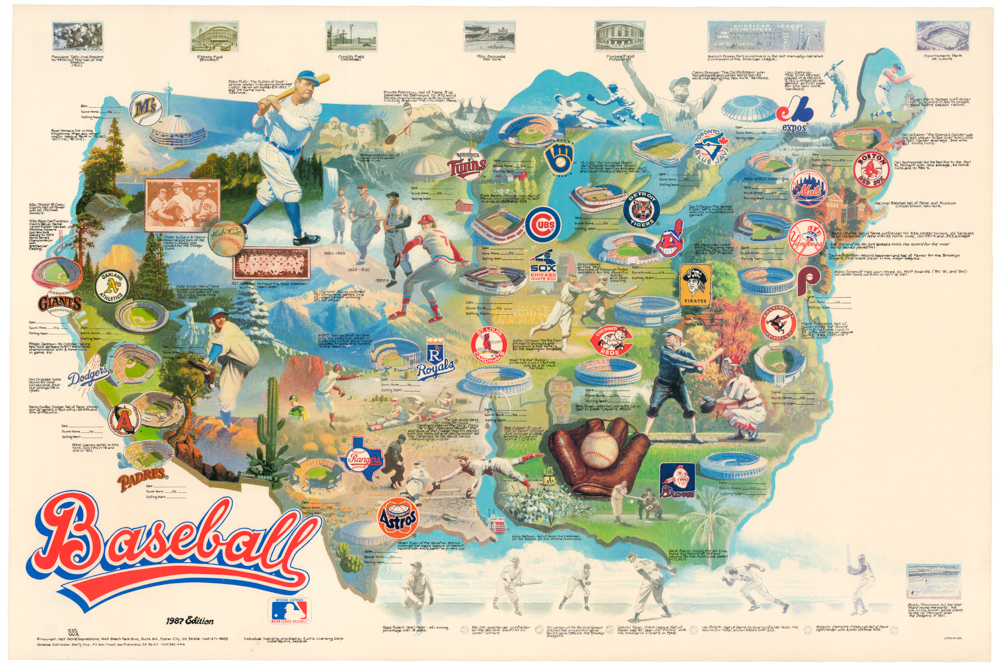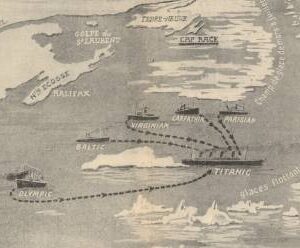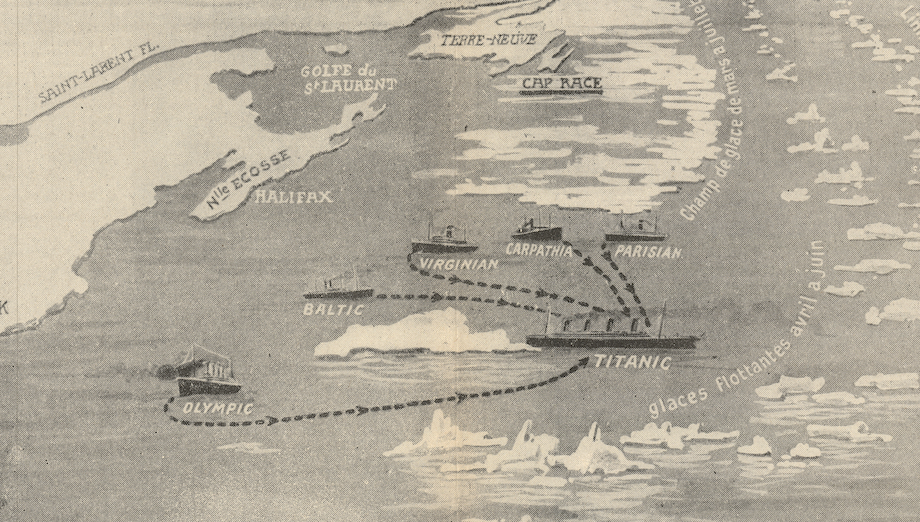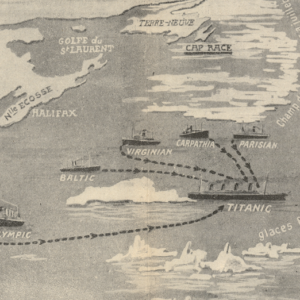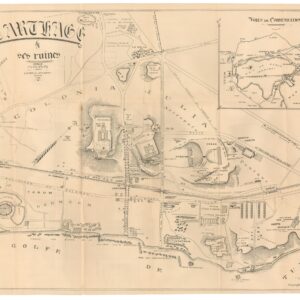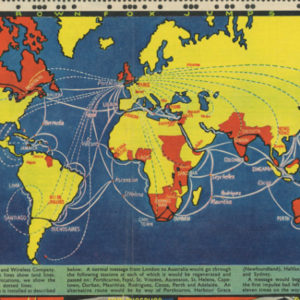A rare 1830 aquatint of action on the high seas: HMS Black Joke captures a Spanish slave ship.
To Commodore Francis Augustus Collier C.B., this plate representing H.M. brig “Black Joke.”
$1,900
1 in stock
Description
This rare aquatint broadsheet depicts HMS Black Joke engaging Spanish slaver El Almirante in February 1829. It was engraved by Edward Duncan and was based on an oil painting by the maritime artist William John Huggins. The fine detailing of the sails and rigging highlights the technical expertise of both the artist and the engraver.
Published on June 4, 1830, a little over a year after the engagement, the etching is notable for its historical and artistic significance. It symbolizes the Royal Navy’s commitment to eradicating the transatlantic slave trade.
On the left, we see the Black Joke, a sleek Baltimore clipper, in pursuit, her sails taut with the wind. The ship’s streamlined design, originally intended for speed in the transatlantic slave trade, is evident. Smoke emanates from her single pivot-mounted 18-pounder cannon, signifying active engagement with the Spanish vessel.
To the right, El Almirante is portrayed as a larger brig with multiple sails and visible damage to her hull and rigging. The brig’s size and firepower, represented by her 14 guns, including 18-pounder carronades, contrast with the smaller Black Joke. The damage reflects the intense 31-hour chase and the final one-hour-and-20-minute battle, during which Black Joke outmaneuvered her opponent despite the size disparity.
Figures can be seen on both decks, emphasizing the scale of the encounter. The Spanish brig’s deck would have been tragically overcrowded with the 466 enslaved Africans it carried. The stark contrast in purpose and moral undertones is captured in this composition, with the Royal Navy’s mission to suppress the slave trade visually juxtaposed against the slaver’s desperate flight.
HMS Black Joke
Black Joke was a Baltimore clipper originally built in 1824 as the Brazilian slave ship Henriquetta. Captured by the Royal Navy in 1827 during anti-slavery patrols in West Africa, the vessel was repurposed as part of the West Africa Squadron and renamed Black Joke. Known for her speed and maneuverability, Black Joke became one of the most successful ships in the squadron, capturing numerous slaving vessels and liberating thousands of enslaved Africans.
Design and Early History
The ship was commissioned as Henriquetta in 1825 by Brazilian owners and designed specifically for the transatlantic slave trade. Her sleek design allowed her to transport over 3,000 enslaved Africans across the Atlantic before being captured in September 1827 by the Royal Navy frigate HMS Sybille, under the command of Commodore Francis Augustus Collier.
After her capture, Henriquetta was outfitted with a long 18-pounder pivot cannon, enhancing her combat capabilities while retaining her speed. Renamed Black Joke, she was assigned as a tender to HMS Sybille, a role that often involved pursuing and capturing slavers during anti-slavery operations.
Role in the West Africa Squadron
The West Africa Squadron, also known as the Preventive Squadron, was established by the Royal Navy in 1808 to enforce the Slave Trade Act of 1807, which abolished British participation in the transatlantic slave trade. Despite the legislation, nations like Spain, Portugal, and Brazil continued the trade. The squadron aimed to intercept slave ships operating under these and other flags.
Black Joke played a pivotal role in these efforts. Her speed and maneuverability allowed her to pursue and capture slaving vessels that were often heavily armed and larger in size.
The Capture of El Almirante
One of Black Joke‘s most notable engagements occurred in January 1829 when she encountered the Spanish brig El Almirante. Heavily armed with 14 guns, including ten 18-pounder carronades, and crewed by 80 men, El Almirante carried 466 enslaved Africans bound for Havana.
A 31-hour chase ensued, culminating in a fierce battle on February 1, 1829. Despite being the smaller vessel with only two guns, Black Joke, under the command of Lieutenant Henry Downes, utilized her superior handling and disciplined crew to outmaneuver the larger ship. The engagement lasted one hour and 20 minutes, resulting in significant casualties aboard El Almirante, including the deaths of her captain and senior officers. In contrast, Black Joke sustained only two casualties.
The captured enslaved Africans were subsequently freed upon landing at a British-controlled port.
Decommissioning
By 1832, Black Joke‘s timbers had deteriorated to the point where she was no longer seaworthy. Proposals to repurpose the vessel were considered, but the Admiralty ultimately ordered her destruction. Black Joke was burned on May 3, 1832, marking the end of an illustrious career. Fragments of her remains are preserved in the National Archives.
Census
The aquatint broadside is rare, with the OCLC listing only a single example at the Beinecke Library at Yale University (no. 874728347).
Cartographer(s):
Edward Duncan (1803–1882) was a skilled British engraver and watercolorist best known for his maritime engravings and landscapes. He frequently collaborated with William John Huggins, engraving his maritime paintings to produce high-quality prints that were widely distributed and appreciated during the 19th century.
While Duncan started his career as an engraver, his talent extended to watercolors, and he became well-known for his marine landscapes and subjects. In 1849, Duncan became a member of the Royal Society of Painters, cementing his reputation as a leading watercolorist. Today, his engravings and watercolors are considered valuable for their artistic and historical significance.
William John HugginsWilliam John Huggins (1781–1845) was a renowned British maritime painter who gained prominence for his detailed and accurate depictions of ships and naval battles during the late Georgian and early Victorian eras. His works were celebrated for their realism, technical precision, and ability to capture the spirit of Britain’s maritime power.
Born in London, Huggins initially pursued a career as a sailor. This experience at sea deeply informed his later artistic work, giving him firsthand knowledge of ships and naval life. After leaving the sea, Huggins settled in London and began working as a professional painter specializing in maritime art. He had an exceptional ability to capture the intricacies of rigging, hulls, and naval operations, as well as the dramatic atmospheres of naval battles. His talent earned him commissions from the British Admiralty and even King William IV, who supported the Royal Navy. This royal patronage solidified Huggins’ reputation as one of the leading maritime painters of his time.
Condition Description
Margins trimmed a bit, reinforcements on verso around edges; some minor soiling, a few short tears neatly repaired, very good.
References

